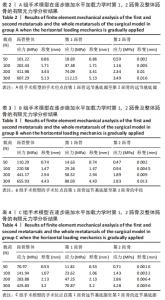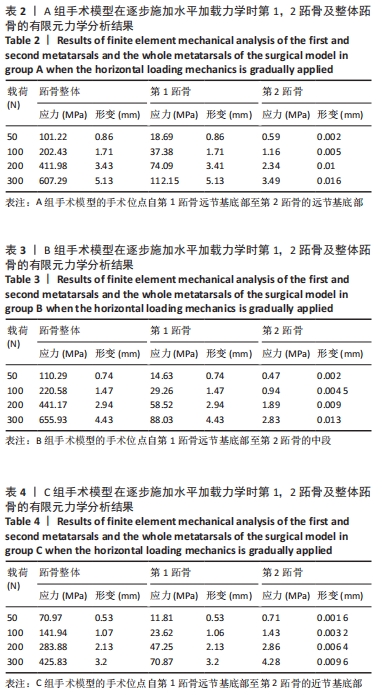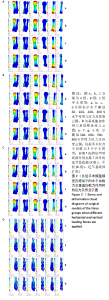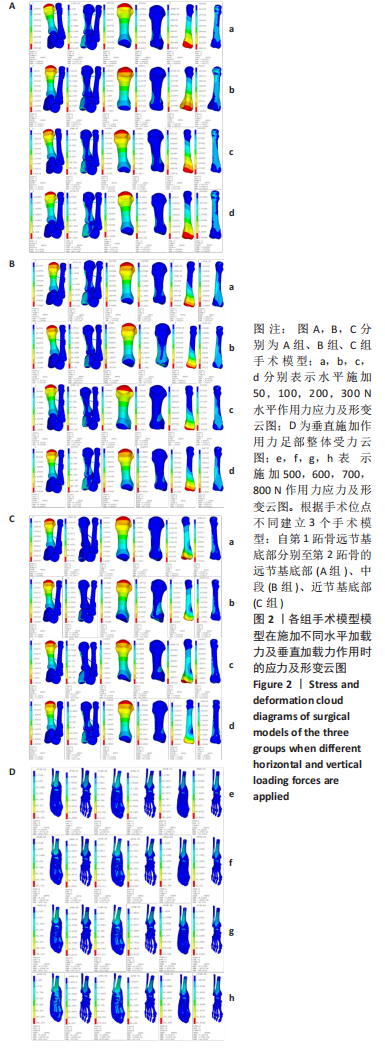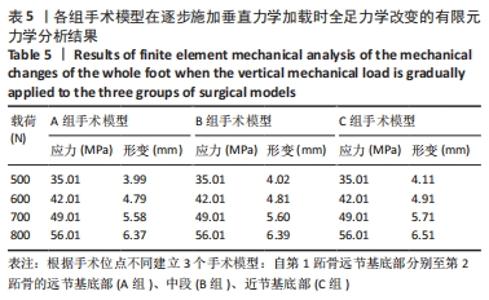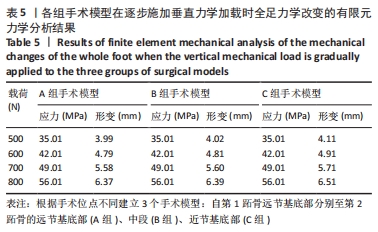[1] GUO J, QIN S, ZHANG F, et al. The plantarward oblique Chevron osteotomy: an optional method to treat hallux valgus with painful plantar callosities. Sci Rep. 2019;9(1):17364.
[2] NERY C, COUGHLIN MJ, BAUMFELD D, et al. Hallux valgus in males--part 1: demographics, etiology, and comparative radiology. Foot Ankle Int. 2013;34(5):629-635.
[3] HOLMES GB JR, HSU AR. Correction of intermetatarsal angle in hallux valgus using small suture button device. Foot Ankle Int. 2013;34(4): 543-549.
[4] POTENZA V, CATERINI R, FARSETTI P, et al. Chevron osteotomy with lateral release and adductor tenotomy for hallux valgus. Foot Ankle Int. 2009;30(6):512-516.
[5] 李桂军, 黄恺, 安晋宇, 等. Endobutton悬吊钢板在拇外翻畸形中的新应用[J]. 中国组织工程研究,2020,24(9):1365-1370.
[6] GONZALEZ T, SMITH J, READY L, et al. Treatment of Hallux Valgus Deformity Using a Suture Button Device. Foot Ankle Orthopaedics. 2018;3(3):2473011418S2473010022.
[7] ELATTAR M, NAGGAR AE, FAHMY SAMIR F, et al. Short term results of osteotomy-sparing technique in management of moderate hallux valgus using TightRope system. J Orthop. 2018;15(2):721-725.
[8] HOLMES GBJ. Correction of Hallux Valgus Deformity Using the Mini TightRope Device. Techniques in Foot & Ankle Surgery. 2008;7(1):9-16.
[9] KAYIAROS S, BLANKENHORN BD, DEHAVEN J, et al. Correction of metatarsus primus varus associated with hallux valgus deformity using the arthrex mini tightrope: a report of 44 cases. Foot ankle specialist. 2011;4(4):212-217.
[10] PONNAPULA P, WITTOCK R. Application of an interosseous suture and button device for hallux valgus correction: a review of outcomes in a small series. J Foot Ankle Surg. 2010;49(2):159.e21-e126.
[11] Wu DY. Syndesmosis procedure: a non-osteotomy approach to metatarsus primus varus correction.Foot Ankle Int. 2007;28(9): 1000-1006.
[12] WEST BC. Mini TightRope system for hallux abducto valgus deformity: a discussion and case report. J Am Podiatr Med Assoc. 2010;100(4):291-295.
[13] WEATHERALL JM, CHAPMAN CB, SHAPIRO SL. Postoperative second metatarsal fractures associated with suture-button implant in hallux valgus surgery. Foot Ankle Int. 2013;34(1):104-110.
[14] 李桂军, 方晓辉, 孔维峰, 等. 微型钢板联合超强缝线弹性固定治疗拇外翻畸形的有限元分析[J]. 中国组织工程研究,2022,26(6): 938-942.
[15] KEMKER B, MAGONE K, OWEN J, et al. A sliding hip screw augmented with 2 screws is biomechanically similar to an inverted triad of cannulated screws in repair of a Pauwels type-III fracture. Injury. 2017; 48(8):1743-1748.
[16] MO F, LI J, YANG Z, et al. In Vivo Measurement of Plantar Tissue Characteristics and Its Indication for Foot Modeling. Ann Biomed Eng. 2019;47(12):2356-2371.
[17] SUMANONT S, NOPAMASSIRI S, BOONROD A, et al. Acromioclavicular joint dislocation: a Dog Bone button fixation alone versus Dog Bone button fixation augmented with acromioclavicular repair-a finite element analysis study. Eur J Orthop Surg Traumatol. 2018;28(6):1095-1101.
[18] WALDECKER U. Metatarsalgia in hallux valgus deformity: a pedographic analysis. J Foot Ankle Surg. 2002;41(5):300-308.
[19] OKUDA R, KINOSHITA M, MORIKAWA J, et al. Surgical treatment for hallux valgus with painful plantar callosities. Foot Ankle Int. 2001;22(3): 203-208.
[20] O’KANE C, KILMARTIN TE. The surgical management of central metatarsalgia. Foot Ankle Int. 2002;23(5):415-419.
[21] YAVUZ M, HETHERINGTON VJ, BOTEK G, et al. Forefoot plantar shear stress distribution in hallux valgus patients. Gait Posture. 2009;30(2): 257-259.
[22] PONNAPULA P, WITTOCK R. Application of an interosseous suture and button device for hallux valgus correction: a review of outcomes in a small series. J Foot Ankle Surg. 2010;49(2):159 e121-156.
[23] SHRUM DG. Ligamentation of the adductor hallucis tendon in bunionectomy. J Am Podiatr Med Assoc. 2002;92(9):512-515.
[24] WEATHERALL J M, CHAPMAN CB, SHAPIRO SL. Postoperative second metatarsal fractures associated with suture-button implant in hallux valgus surgery. Foot Ankle Int. 2013;34(1):104-110.
[25] WONG DW, ZHANG M, YU J, et al. Biomechanics of first ray hypermobility: an investigation on joint force during walking using finite element analysis. Med Eng Phys. 2014;36(11):1388-1393.
[26] 周恩昌, 葛英林, 侯广武, 等. 膝内翻对踝关节接触特征影响的有限元分析[J]. 临床骨科杂志,2016,19(4):504-507.
[27] 卢昌怀, 余斌, 陈辉强, 等. 正常步态下距骨关节面接触特征的有限元分析[J]. 中国矫形外科杂志,2011,19(5):402-405.
[28] FARROKHI S, KEYAK JH, POWERS CM. Individuals with patellofemoral pain exhibit greater patellofemoral joint stress: a finite element analysis study. Osteoarthritis Cartilage. 2011;19(3):287-294.
[29] 张鹏, 钟宗雨, 金泽亚, 等. 基于足负重位 CT 影像应用 Mimics 软件测量拇外翻相关指标[J]. 中华解剖与临床杂志,2018,23(1):7-13.
|
